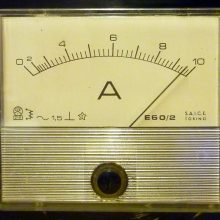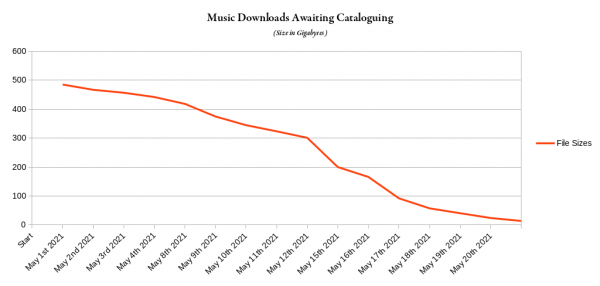Fresh from my war with a new mini PC (which I lost, you'll recall), I remained determined to do something to upgrade my old workstation-class desktop PC. I bought it second-hand a few years ago: it's a Dell Precision T3610, which is a bit of a monster, and was originally constructed (I think) in around 2012 or 2013: its warranty says it started in February 2014 and expired in February 2017, so it's somewhere in that ball-park.
It shipped with a Xeon E5-1620 v2 CPU CPU, which was launched in the third quarter of 2013, so that also helps date the machine. That CPU has (inevitably, as far as Intel was concerned back then!) 4 cores and thus 8 threads when hyperthreading was enabled. Nothing too remarkable, but not exactly shabby, either. I think when I bought it, it came with 16GB of RAM: I soon bumped that up to 96GB. So, it's not memory constrained either! It also shipped with an Nvidia Quadro K4000, which was cutting edge at the time, but has long since been eclipsed by newer graphics cards: since I don't play games beyond Solitaire, however, I don't particularly care how out-of-date my graphics capabilities are! [...]










